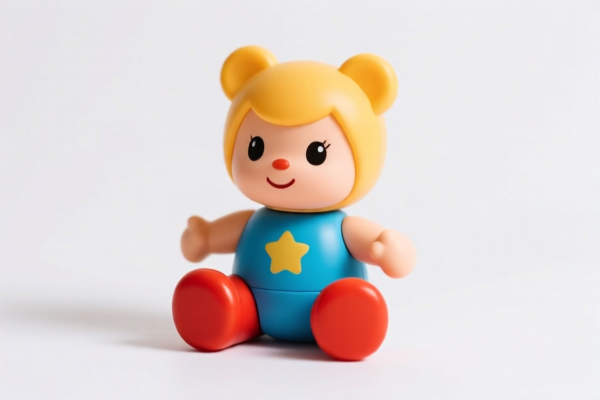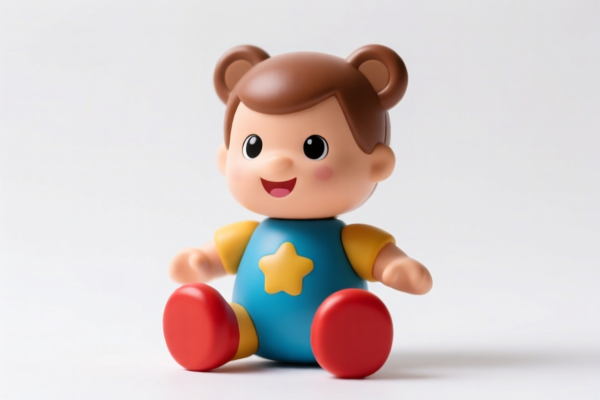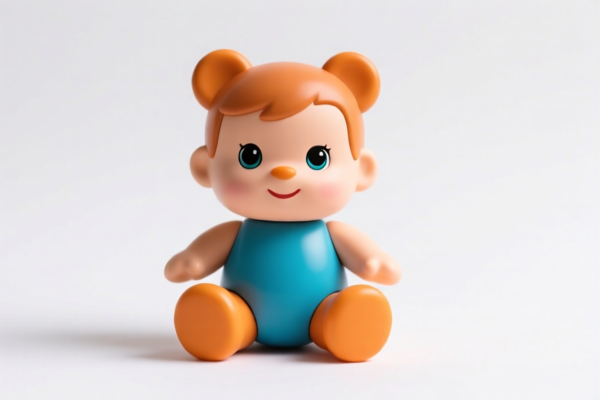| HS Code | Official Doc | Tariff Rate | Origin | Destination | Effective Date |
|---|---|---|---|---|---|
| 8517690000 | Doc | 55.0% | CN | US | 2025-05-12 |
| 8517690000 | Doc | 55.0% | CN | US | 2025-05-12 |




Robot Toy
A robot toy is a toy resembling a robot, often possessing some degree of automated movement or interactive features. These toys cater to a wide range of ages and interests, from simple wind-up mechanisms to complex programmable devices.
Materials
Robot toys are constructed from a diverse array of materials, dictated by complexity, cost, and intended durability. Common materials include:
- Plastic: Predominantly ABS plastic, polypropylene, and polystyrene, valued for their lightweight nature, moldability, and affordability.
- Metal: Die-cast zinc alloy, aluminum, and steel are used in more robust models, particularly those emphasizing collectibility or a realistic appearance.
- Electronics: Circuit boards, microcontrollers, motors, sensors (light, sound, touch), LEDs, and speakers are integral to interactive and programmable robots.
- Rubber/Silicone: Used for grips, flexible joints, and aesthetic detailing.
- Fabric/Foam: Occasionally incorporated for softer elements or character costumes.
Purpose
The primary purpose of robot toys is recreational. However, they also serve educational functions, fostering:
- STEM Learning: Introducing basic concepts of robotics, engineering, programming, and mechanics.
- Creativity & Imagination: Encouraging role-playing and storytelling.
- Problem-Solving Skills: Assembly, troubleshooting, and programming challenges.
- Fine Motor Skill Development: Particularly in younger children through building and manipulation.
Function
Robot toy functionality varies considerably:
- Static Display: Primarily collectible figures with limited or no movement.
- Simple Mechanical Action: Wind-up, battery-operated walking, or sound-emitting toys.
- Remote Control: Operated via infrared, radio frequency, or Bluetooth.
- Programmable Movement: Users can define sequences of actions via software or a simplified programming interface.
- Sensor-Based Interaction: Reacting to light, sound, touch, or obstacles.
- Voice Control: Responding to spoken commands.
- AI-Powered Interaction: More advanced models incorporating artificial intelligence for autonomous behavior and conversational capabilities.
Usage Scenarios
- Playtime: General recreational use, indoors or outdoors (depending on the model).
- Collection: Displaying and preserving collectible figures.
- Educational Activities: Robotics kits used in classrooms or at home for learning purposes.
- Competitions: Participation in robotics challenges and events.
- Hobbyist Projects: Modifying and customizing robots for advanced functionality.
Common Types
- Building Block Robots: Utilizing construction block systems (e.g., LEGO) to create customizable robots.
- Walking Robots: Robots designed to ambulate using various mechanisms (e.g., bipedal, quadrupedal).
- Dancing Robots: Robots programmed with pre-defined dance routines.
- Transforming Robots: Robots capable of changing shape (e.g., from vehicle to robot form).
- Educational Robotics Kits: Designed for learning programming and robotics principles (e.g., Arduino-based kits, VEX Robotics).
- Humanoid Robots: Robots resembling human figures, often with articulated limbs and facial expressions.
- Animal Robots: Robots mimicking the movements and behaviors of animals.
- Mini Robots: Small, often insect-sized robots, frequently used for entertainment or exploration.
- Programmable Robots: Robots that can be coded to perform custom actions.
- Teleoperated Robots: Robots controlled remotely by a human operator.
The declared goods are robot toys. Based on the provided information, the following HS codes are relevant:
-
8517690000: This HS code covers telephone sets, including smartphones and other telephones for cellular networks or for other wireless networks; other apparatus for the transmission or reception of voice, images or other data, including apparatus for communication in a wired or wireless network (such as a local or wide area network), other than transmission or reception apparatus of heading 8443, 8525, 8527 or 8528; parts thereof: Other apparatus for transmission or reception of voice, images or other data, including apparatus for communication in a wired or wireless network (such as a local or wide area network): Other. While primarily for communication devices, this code could apply if the robot toy incorporates communication functionalities.
- 85: This chapter generally relates to electrical machinery and equipment.
- 17: This heading specifically covers telephone sets and other communication apparatus.
- 69: This subheading covers other apparatus for transmission or reception of voice, images or other data.
- 00: This further specifies the classification as "Other".
- Tax Details: The base tariff is 0.0%, with an additional tariff of 25.0% currently, increasing to 30.0% after April 2, 2025. The total tariff rate is 55.0%.
-
3923900080: This HS code covers articles for the conveyance or packing of goods, of plastics; stoppers, lids, caps and other closures, of plastics: Other Other. This code could apply if the robot toy is constructed primarily of plastics and used for packaging or conveyance of other items.
- 39: This chapter generally relates to plastics and articles thereof.
- 23: This heading specifically covers articles for the conveyance or packing of goods, of plastics.
- 90: This subheading covers other articles of plastics.
- 00: This further specifies the classification as "Other".
- Tax Details: The base tariff is 3.0%, with an additional tariff of 25.0% currently, increasing to 30.0% after April 2, 2025. The total tariff rate is 58.0%.
According to the provided reference material, the HS code options related to 'robot toy' are limited, with only the following 2 found.
Customer Reviews
No reviews yet.